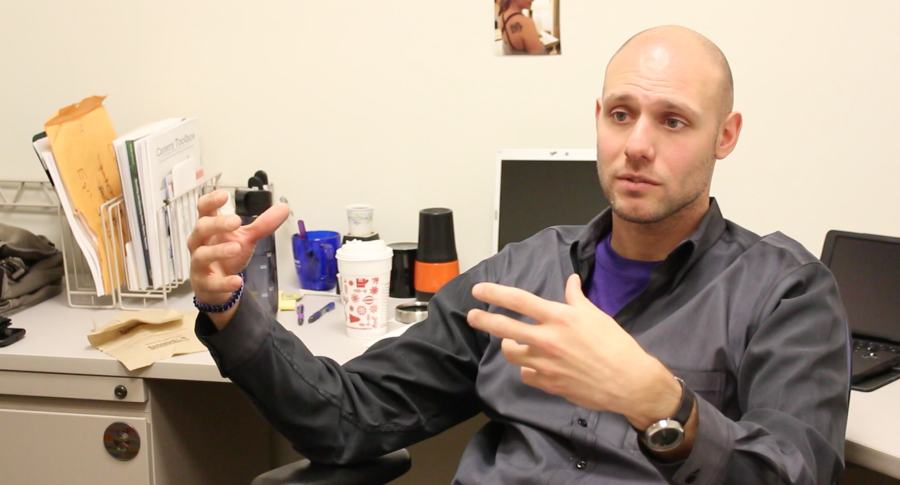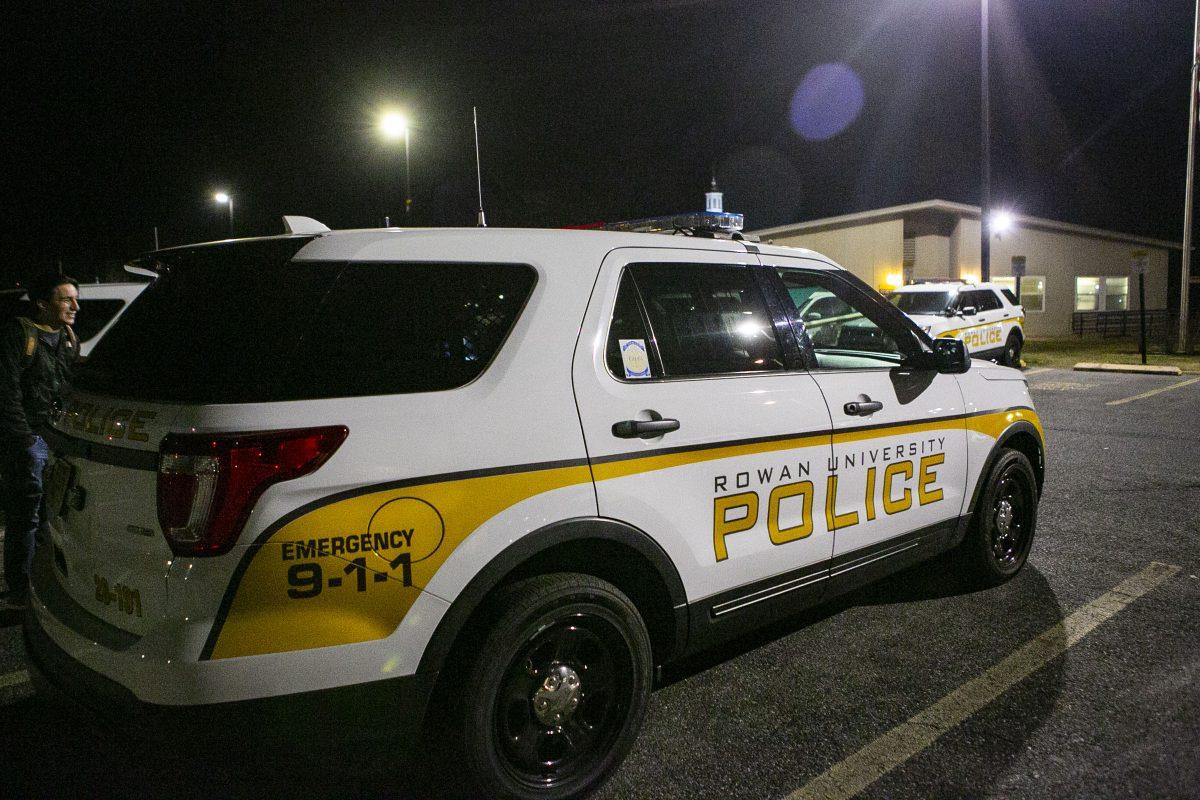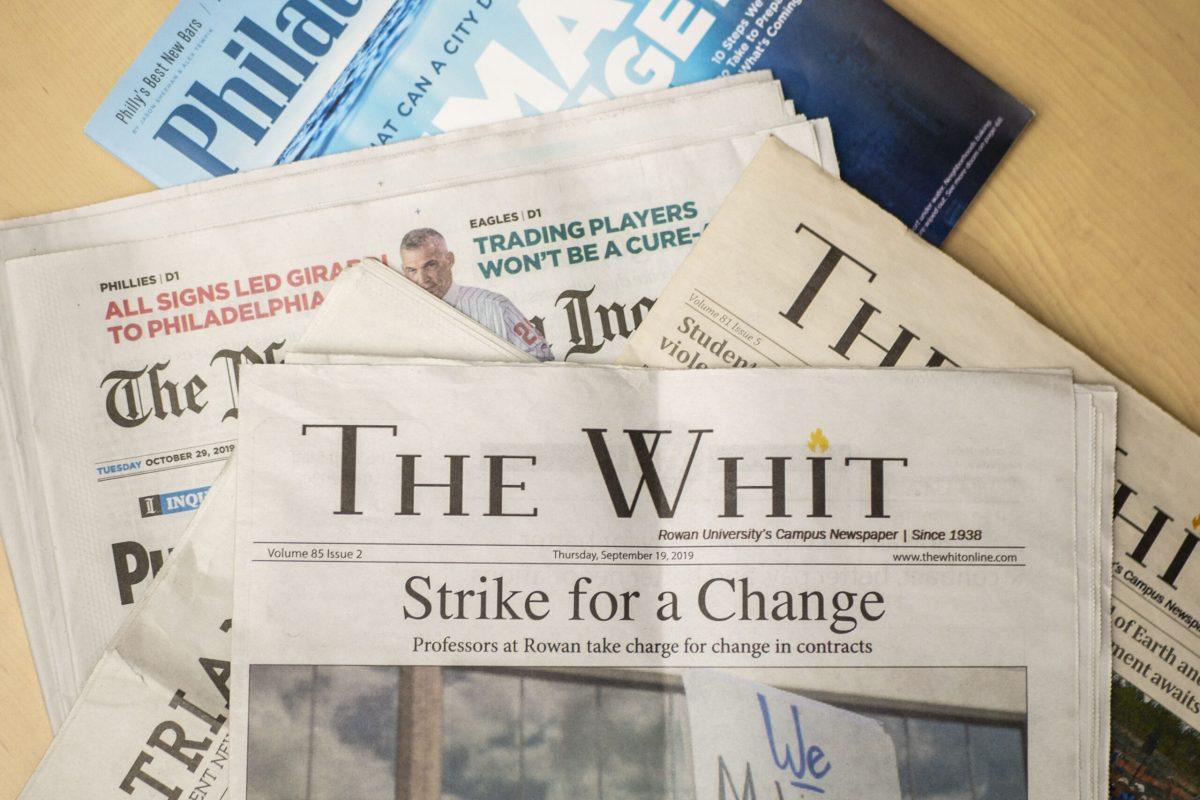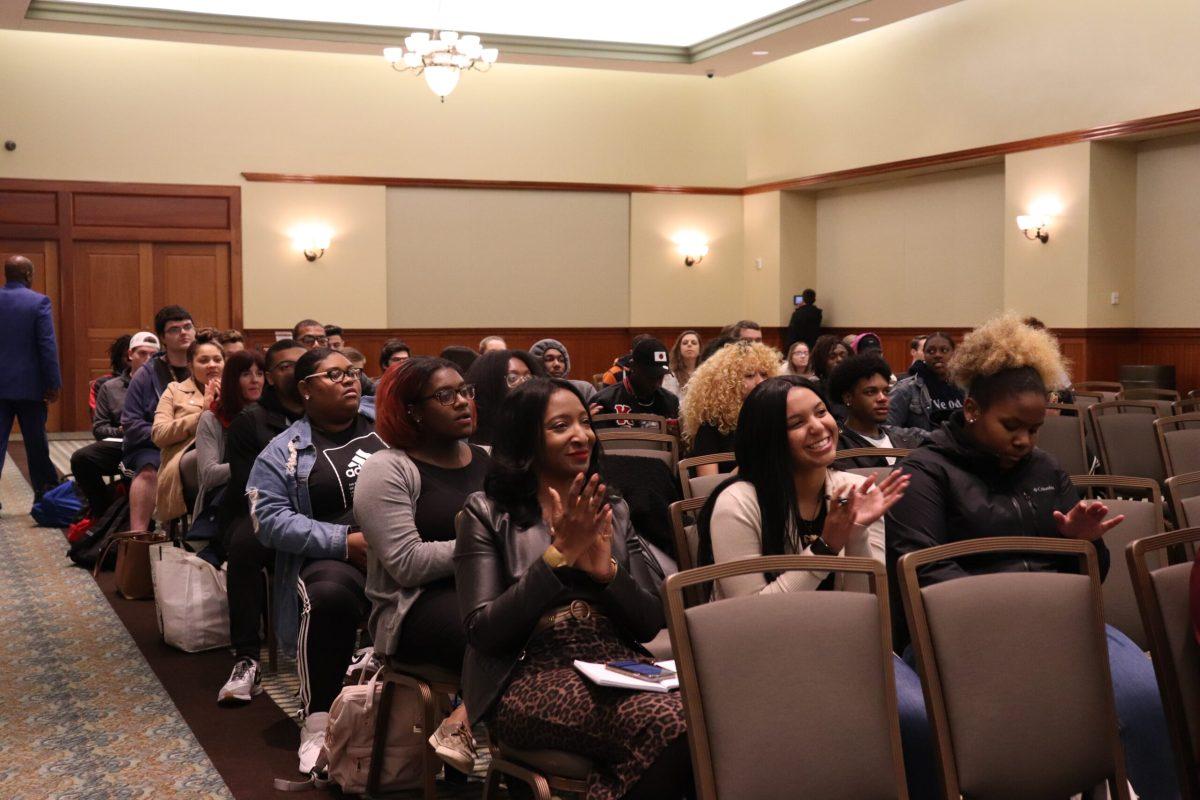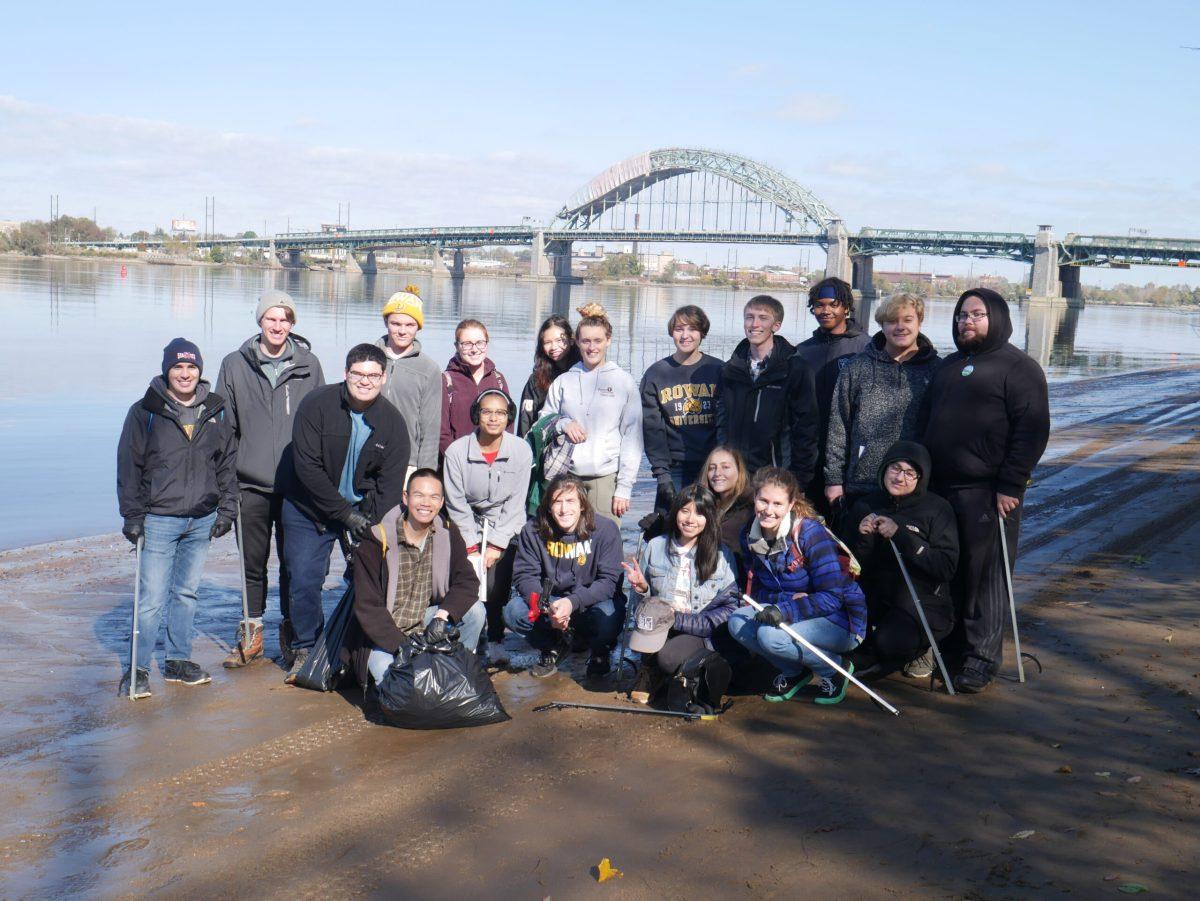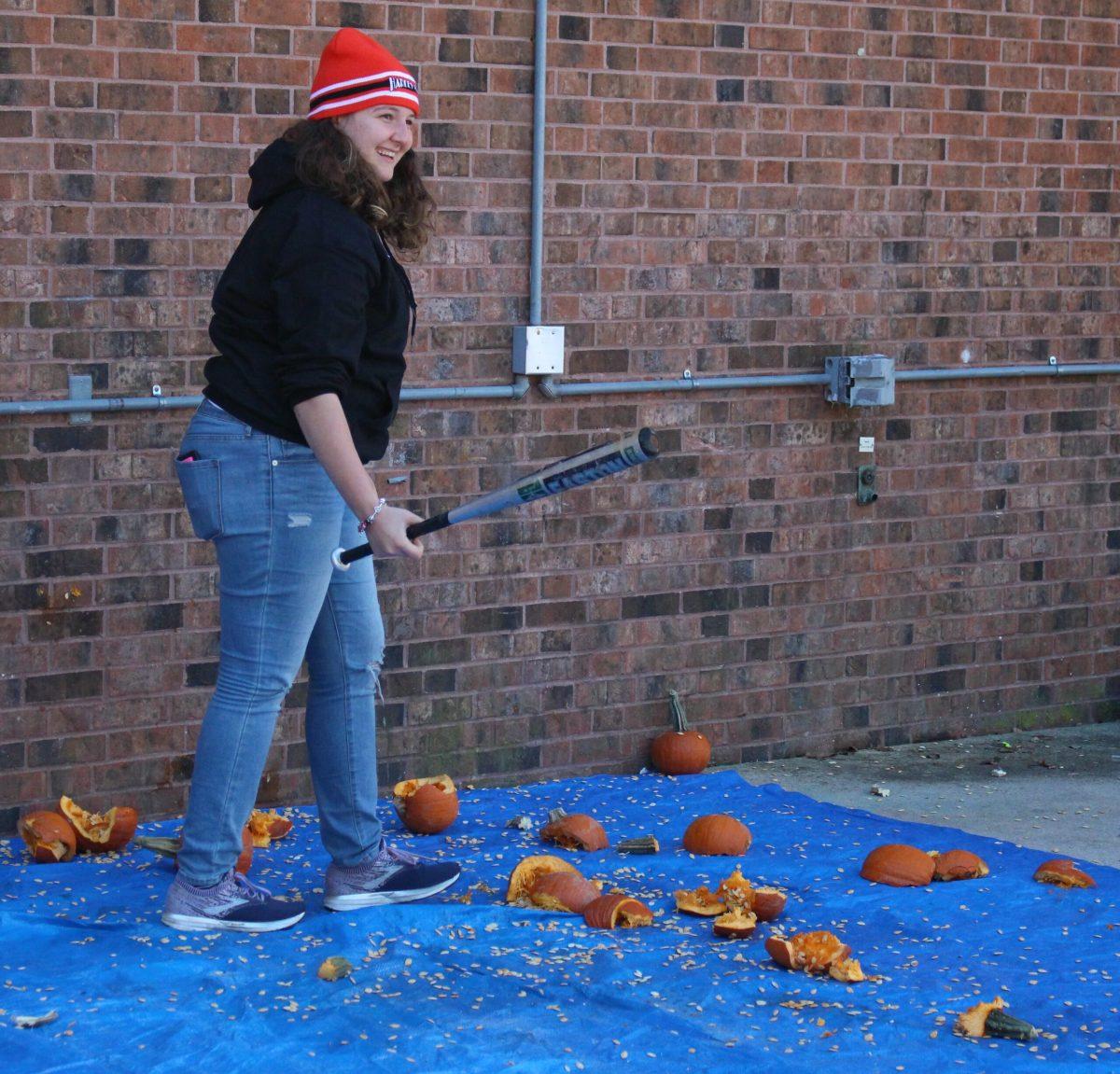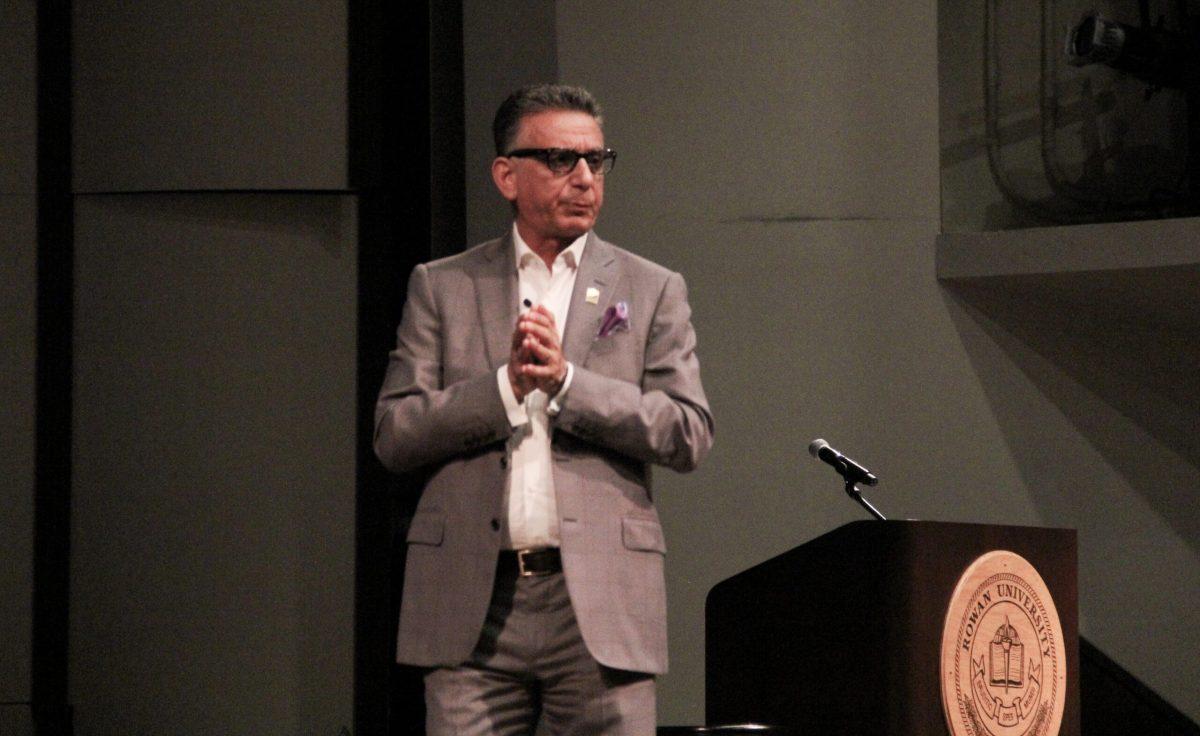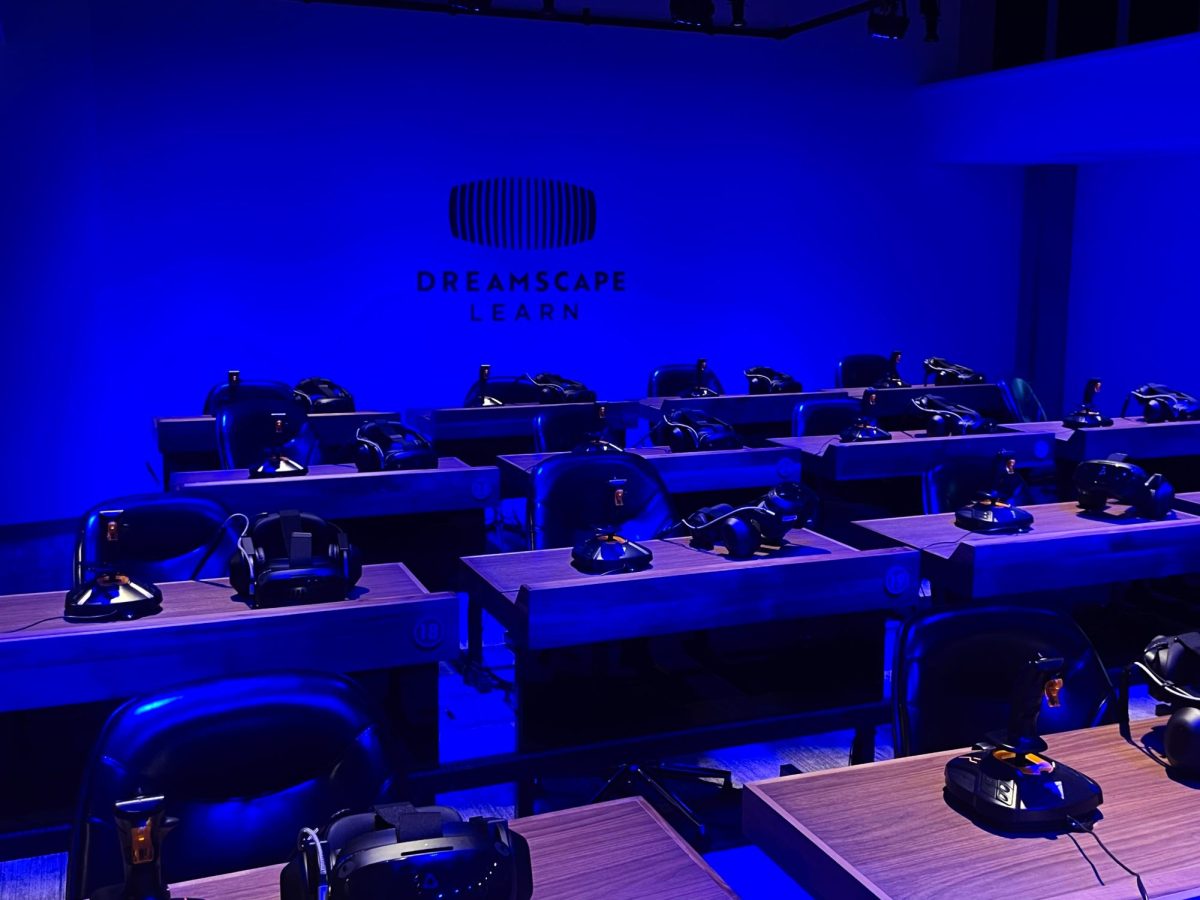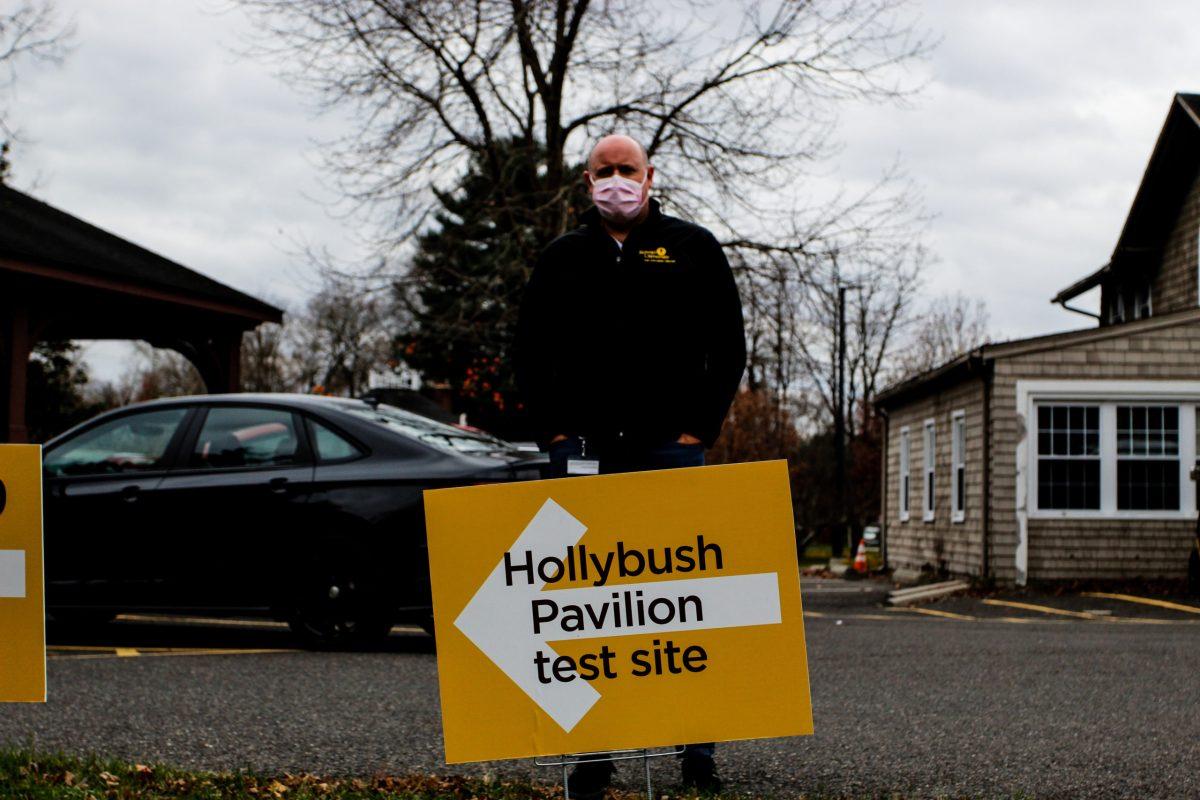There’s a nondescript box lying on the ground. A magician, clambering to his audience to find the strongest among them, claims that it is impossible to lift. Another man steps up, apparently the strongest of the crowd, and he tries to lift the box, but he fails.
Now the magician finds a boy in the crowd and he invites the child to try and lift what the brute could not. The child does so without struggle. The strongman can’t believe it. The child places the box where he found it, and the strongman tries again to lift it, but still cannot. The strongman runs home humiliated, and the crowd has lost its faith in what it thought was powerful.
What no one in the crowd knows is that the platform where the box lays is an electromagnet, and the device can be switched on or off with the tap of a switch in the magician’s pocket. Inside the box is another magnet which is attracted to the one underneath it when the switch is turned on. The magician can decide who is able to lift the box at his own will, so is the trick magic, or is it just physics?
“It’s both,” says Dr. Philip La Porta, a physics professor at Rowan University.
La Porta stands at average height with a shaved head. He’s thin and built like a runner – fit but not quite muscular. In conversation, he weaves in and out of examples and stories, lectures and interests, and a question about teaching quickly becomes an answer about the different species of aliens in the Star Wars universe.
What time he has outside of the classroom La Porta mostly spends studying and practicing the art of magic. He can list off his favorite magicians, people who have inspired him but whom most have never heard of. He tells the story of Harry Houdini, from birth to death, with such life and depth that if you walked in midway through it might be mistaken for a story from his own life.
But when asked to perform a few simple tricks on camera, La Porta is immediately hesitant. He’s afraid the angles and replayability of the film will allow someone to pick his trick apart – that can’t happen.
La Porta seems to be a man at odds with himself, on one hand a teacher who answers questions and gives lessons, but on the other hand, he is someone who needs confusion in order to effectively perform his craft.
“That’s a huge misconception with magic, actually,” La Porta said. “It’s not that I don’t want you to ask questions, I want you to ask the right questions.
“In magic I want you to ask very specific questions, in physics you can ask whatever questions you want. What makes a magician dangerous is that they can make you think something before you even want to think it. So if I can make you ask that question, I have you right where I want you.”
The passion with which he talks about magic is completely different than the way he talks about physics, but it’s clear that the two are intertwined in his mind.
“Physics is immediately relatable to everything around you,” La Porta said. “I start mechanics by throwing things across the room. I mean you can see this happen, so let’s explain it.
“A lot of what you accomplish as a magician, we make use of physics in many ways to achieve many different effects.”
Not your ordinary classroom
Most students only see their professors once or twice a week. In the classroom, they take their normal seats, listen or take notes for 75 minutes, and then move on with their day.

In the back of Rowan’s Science Hall where La Porta’s office is, the walls of room 101M aren’t covered in certificates or diplomas, but with framed images of famous magicians and artists. The shelves don’t just hold volumes of research or periodicals, but house miniature science fiction figures. And most unusual of all, the chairs aren’t empty, there are students in them.
“He is a really funny person, but he also really makes you think, and I can appreciate that,” said Scott Bornstein, a junior education major who was in one of La Porta’s classes this fall. “He really does care. He’s the most prepared professor that I’ve ever had.”

Magic may be La Porta’s most outward passion, but it comes with many of the same traits as what he really loves to do – teach. Raised in a home where his father taught science to seventh graders for more than 30 years, learning and being taught science consumed his life from early on. Aside from his father, La Porta says he was surrounded by a family of teachers and people who “loved education for education’s sake” and that’s what rubbed off most on him.
“I realized at some point in college that I liked teaching, but not only did I like teaching but I wanted to teach at the collegiate level,” La Porta said. “I loved that atmosphere and I loved the students.”
That attitude is visible from the seats of his classroom.
“He isn’t the kind of guy to just wing it, or if he does he still has an idea, but a lot of the time he has the problems prepared,” Bornstein said. “I think that’s great, and as somebody who wants to be a teacher I find it pretty inspiring, actually.”
“He takes the time to get to know you,” says another of La Porta’s students, Carly Jorgeson. “He tailors the problems to what we need. He’s about the concepts, not always getting the math all right.”
Sitting in La Porta’s office with a reporter asking him questions from the other side of his desk and another seated with a camera pointed at him, he still manages to have an intimate moment with the students whom he’s let stay in the room.
He begins to tell a story about the power of magic – the story of the box and the strongman.
“There are many examples of magicians using physics throughout history,” La Porta said. As he finishes his sentence, a student at the side of the room laughs. “Josh is laughing because-”
“Subverting an entire nation,” Josh says.
“Subverting an entire nation!” La Porta echoes. “That’s a great story.”
For comments/questions about this story, email [email protected] or tweet @TheWhitOnline.
























































































































































!["Working with [Dr. Lynch] is always a learning experience for me. She is a treasure,” said Thomas. - Staff Writer / Kacie Scibilia](https://thewhitonline.com/wp-content/uploads/2025/04/choir-1-1200x694.jpg)








































